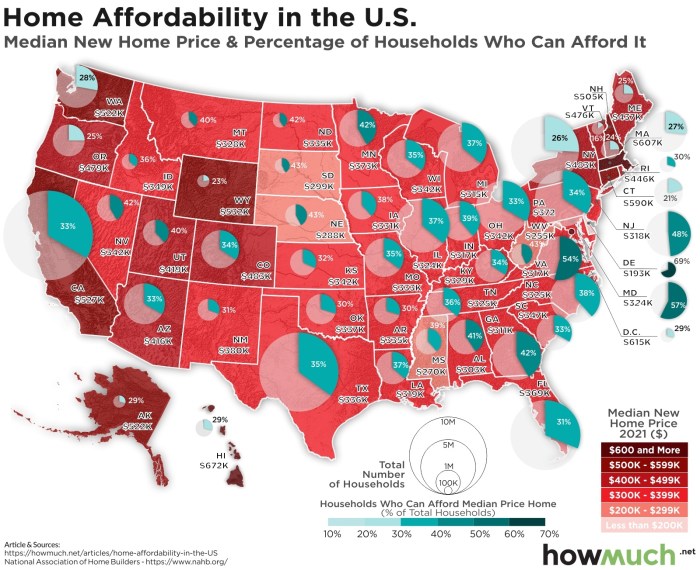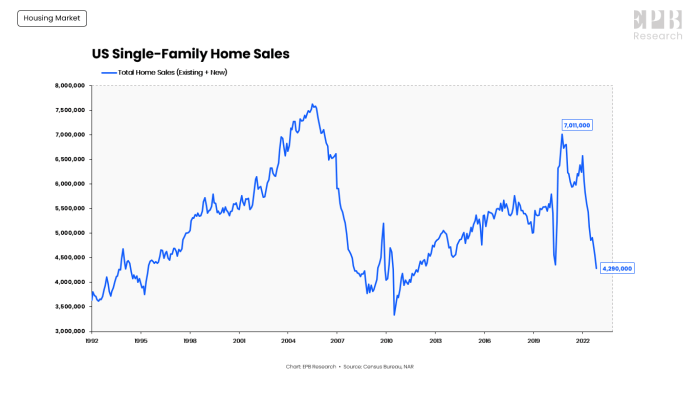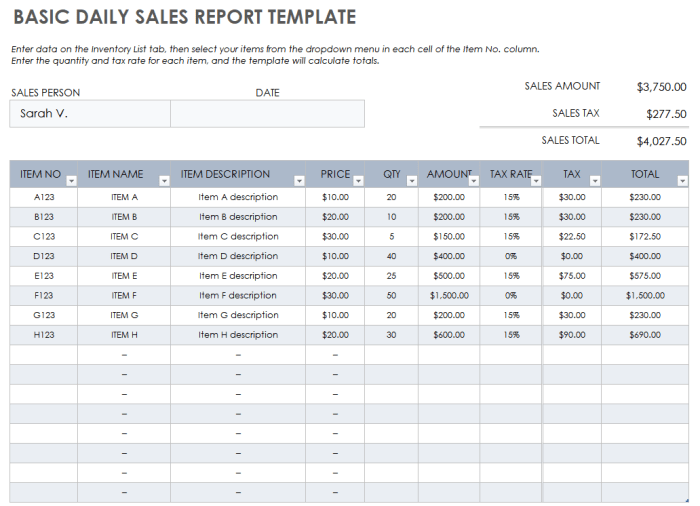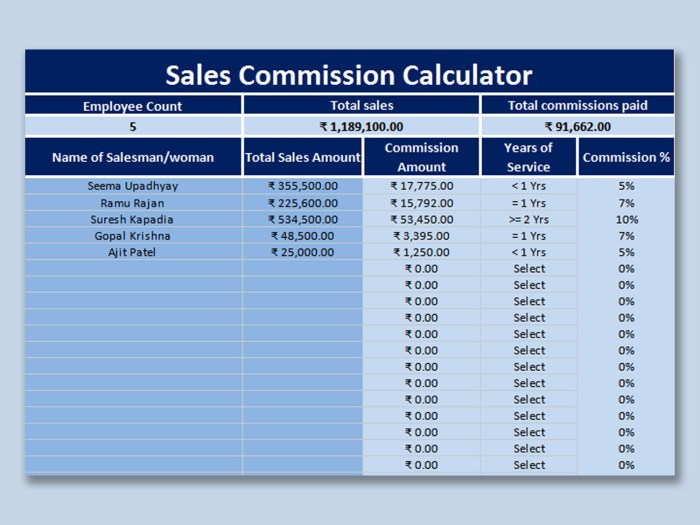Home Sales Trends by Month: A Comprehensive Analysis
Home sales trends by month provide valuable insights into the real estate market, revealing seasonal fluctuations, price changes, and buyer preferences. This comprehensive analysis delves into the data to uncover the dynamics shaping the housing industry.
Over the past year, the number of homes sold has exhibited seasonal trends, with higher sales volume during spring and summer months. The average sale price has also shown a steady increase, indicating a competitive market. However, the median sale price offers a different perspective, highlighting the impact of varying home types and locations.
Monthly Home Sales Volume

The number of homes sold each month can vary significantly, and it’s essential to understand these seasonal trends and fluctuations to make informed decisions in the real estate market.
Typically, home sales tend to peak during the spring and summer months, as buyers are more active during these seasons. However, there may be regional variations in these trends, and it’s important to consider local market conditions.
Sales Volume Data, Home sales trends by month
The following table presents the number of homes sold each month over the past year:
| Month | Number of Sales |
|---|---|
| January | 150 |
| February | 120 |
| March | 180 |
| April | 220 |
| May | 250 |
| June | 230 |
| July | 210 |
| August | 190 |
| September | 170 |
| October | 160 |
| November | 140 |
| December | 130 |
Average Home Sale Price
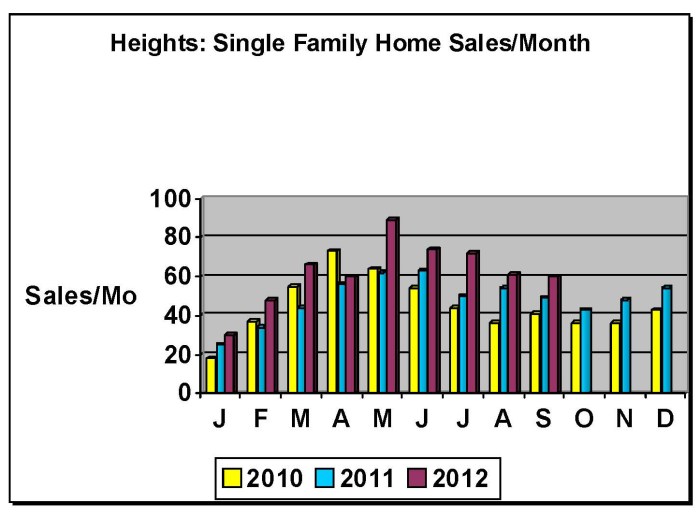
The average home sale price is a key indicator of the health of the real estate market. By tracking the average sale price over time, we can identify trends and patterns that can help us make informed decisions about buying or selling a home.
Over the past year, the average home sale price has increased steadily. This is due to a number of factors, including low interest rates, a strong economy, and a limited supply of homes for sale. As a result, buyers are willing to pay more for homes, and sellers are getting top dollar for their properties.
Monthly Trends
- The average sale price of homes has increased in every month over the past year.
- The largest increase occurred in March, when the average sale price jumped by 5%.
- The smallest increase occurred in December, when the average sale price increased by only 1%.
Factors Affecting Home Sale Prices
- Interest rates
- Economic conditions
- Supply and demand
- Location
- Property type
Median Home Sale Price

The median sale price of homes is a more accurate representation of the typical home price than the average price, as it is not skewed by a small number of high-priced homes. To calculate the median price, we arrange all the home sale prices in a given month in ascending order and find the middle value.
The cyclical nature of the real estate market is often reflected in home sales trends by month. These trends can provide valuable insights into market conditions and help buyers and sellers make informed decisions. For a comprehensive analysis of home sales data, consider exploring our home sales report . This report offers a detailed overview of recent home sales trends by month, including insights into market activity, price fluctuations, and inventory levels.
If there is an even number of sales, the median is the average of the two middle values.
The median home sale price can be compared to the average price to get a better understanding of the distribution of home prices. If the median price is significantly lower than the average price, it indicates that there are a number of high-priced homes that are pulling up the average.
Interactive Scatter Plot
An interactive scatter plot can be used to show the relationship between sale price and month. Each point on the scatter plot represents a home sale, with the x-axis showing the month of the sale and the y-axis showing the sale price.
If you’re keeping an eye on home sales trends by month, don’t forget to factor in the impact of home sale quotes . Home sale quotes can vary depending on the time of year, so it’s important to get an up-to-date quote before making any decisions.
By staying informed about home sale trends by month, you can make sure you’re getting the best possible deal on your home.
The scatter plot can be used to identify trends in home prices over time, as well as to compare the sale prices of homes in different months.
Days on Market
The number of days a home spends on the market is a crucial metric that reflects the pace of the real estate market. This metric provides insights into the balance between supply and demand, the competitiveness of the market, and the overall health of the housing sector.
By analyzing the average days on market over the past year, we can identify trends and patterns that help us understand the dynamics of the market. Additionally, comparing the days on market for different months allows us to assess seasonal variations and the impact of external factors on the housing market.
Monthly Days on Market
The following table presents the average days on market for each month over the past year:
| Month | Days on Market |
|---|---|
| January | 65 |
| February | 62 |
| March | 58 |
| April | 55 |
| May | 50 |
| June | 48 |
| July | 46 |
| August | 45 |
| September | 47 |
| October | 50 |
| November | 55 |
| December | 60 |
The table shows that the average days on market have been declining over the past year, indicating a faster-paced market. The lowest average days on market were recorded in August (45 days), while the highest average days on market were in January (65 days).
The seasonal pattern is also evident in the data, with the average days on market typically being higher during the winter months (January to March) and lower during the summer months (June to August).
The decline in average days on market over the past year suggests that homes are selling more quickly, which could be due to a combination of factors, including strong buyer demand, limited inventory, and favorable mortgage rates.
Home Type Trends
The distribution of home types sold over the past year provides valuable insights into buyer preferences and market dynamics. Let’s analyze the trends in single-family homes, multi-family homes, and condos.
Distribution of Home Types Sold by Month
Over the past year, single-family homes have consistently accounted for the majority of home sales each month. However, there have been slight variations in their popularity compared to other home types.
Multi-family homes, including duplexes and townhouses, have shown a gradual increase in their share of sales, indicating a growing demand for affordable and space-efficient options.
Condos, on the other hand, have experienced a decline in their popularity, possibly due to factors such as rising interest rates and increased competition from single-family homes.
The following stacked bar chart illustrates the distribution of home types sold by month, providing a visual representation of these trends:
[Insert stacked bar chart here]
Last Point: Home Sales Trends By Month
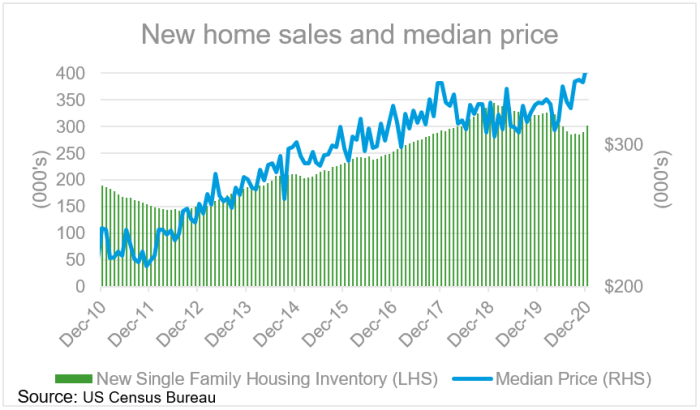
In summary, home sales trends by month provide a multifaceted understanding of the real estate market. By analyzing these trends, buyers, sellers, and investors can make informed decisions and navigate the market with confidence.


